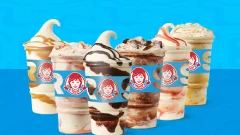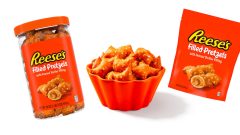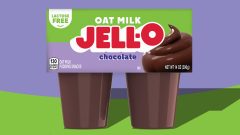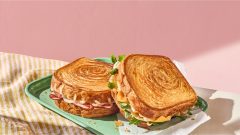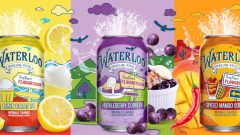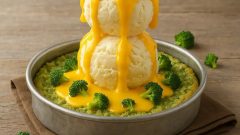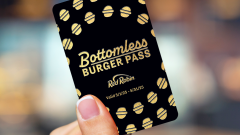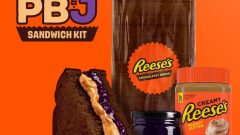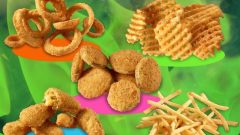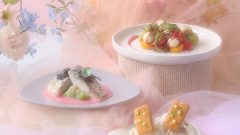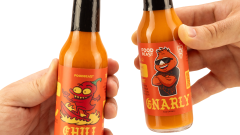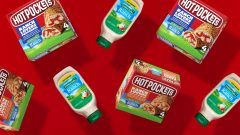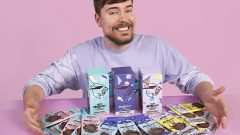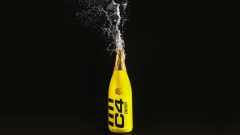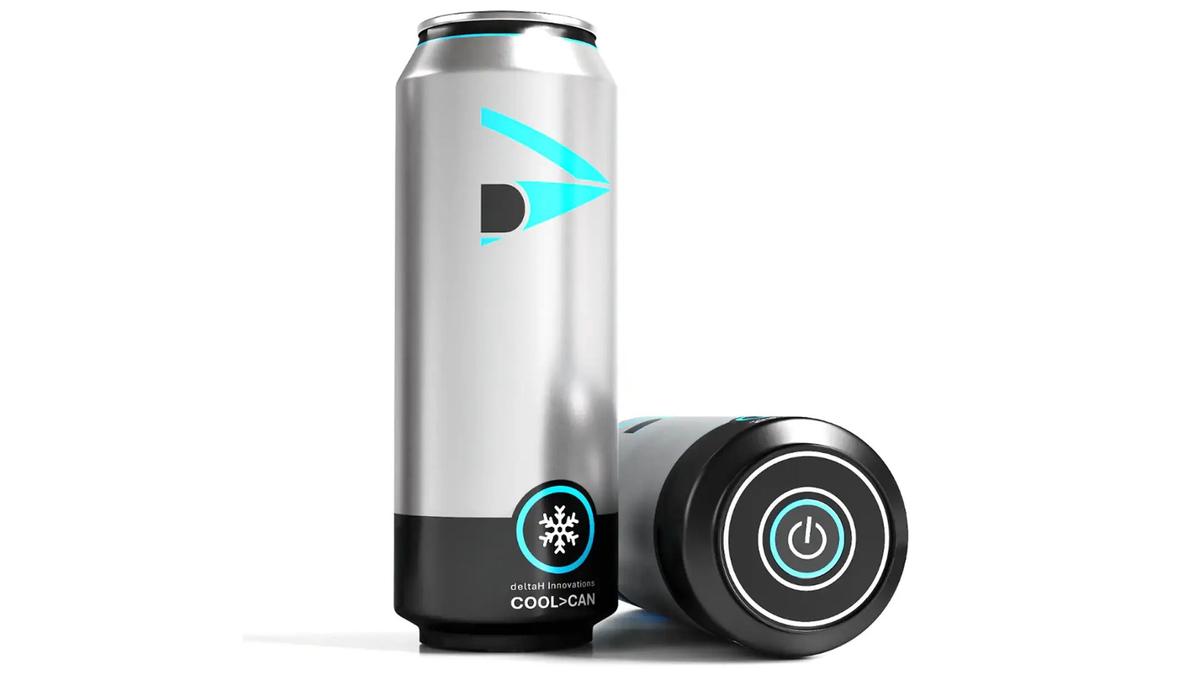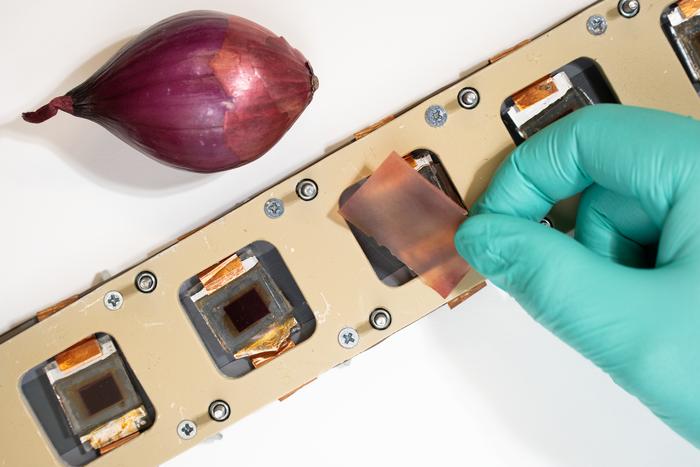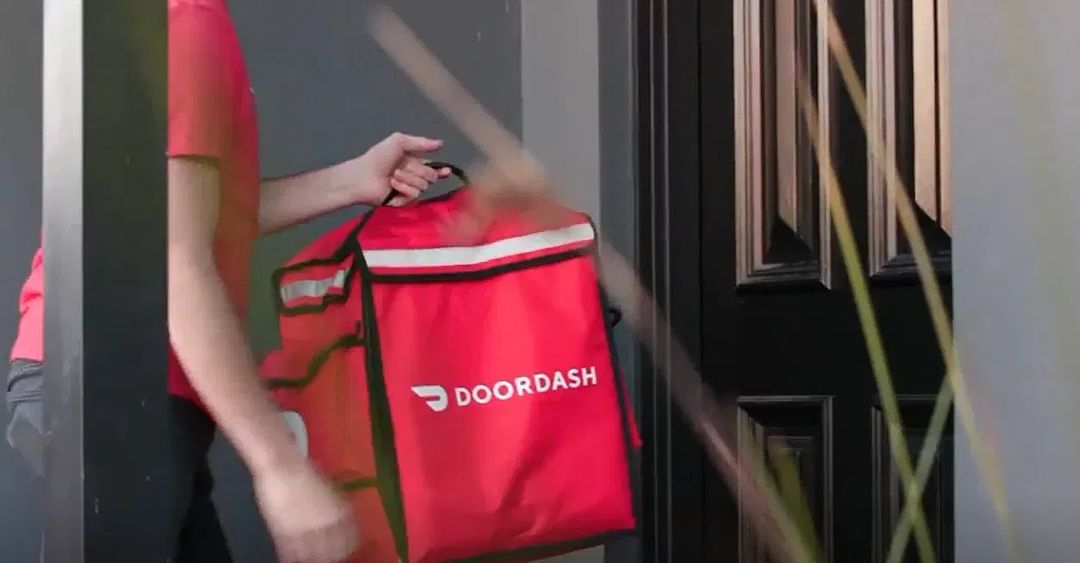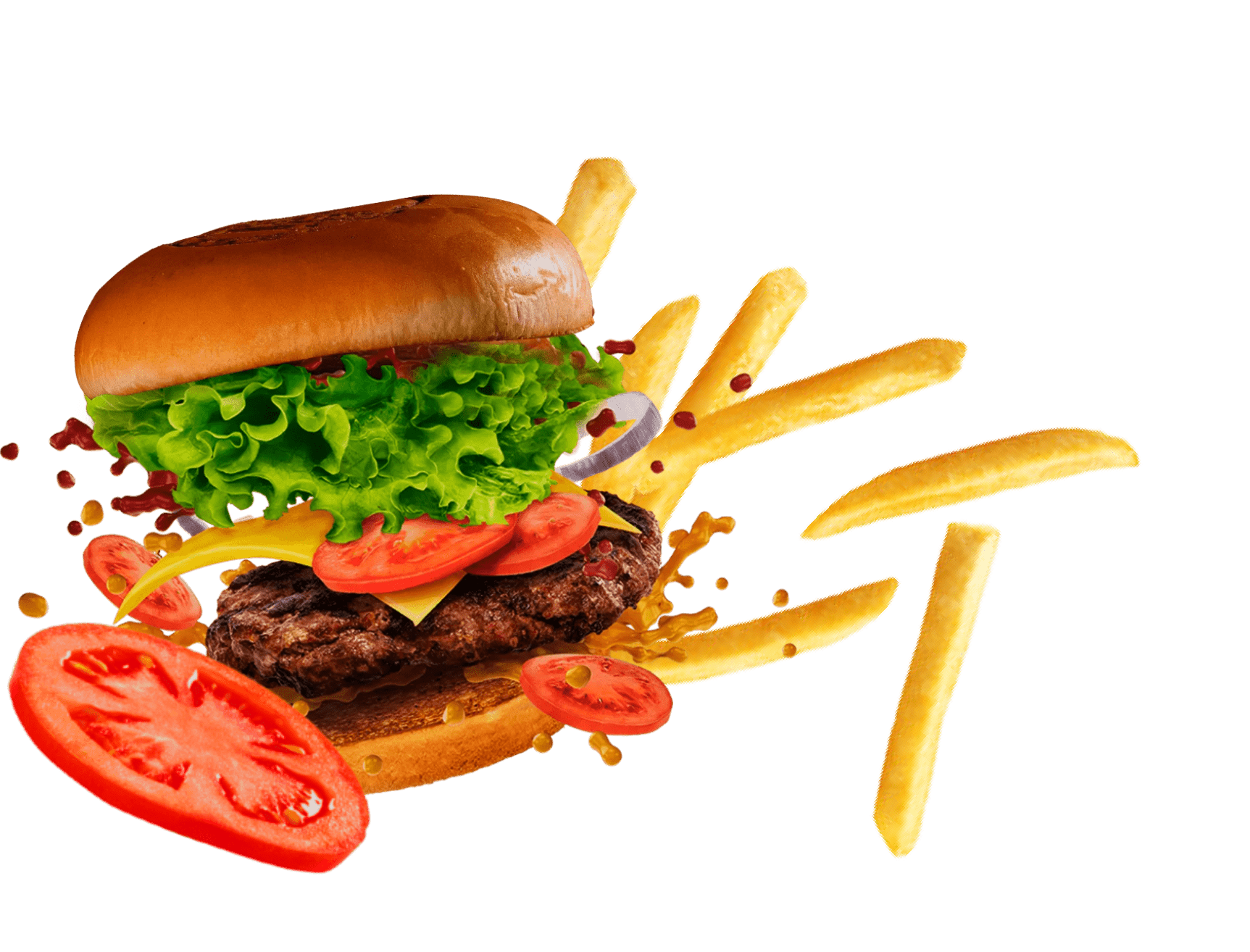Scientists Have Discovered How To Recycle Wind Turbines Into Gummy Bears
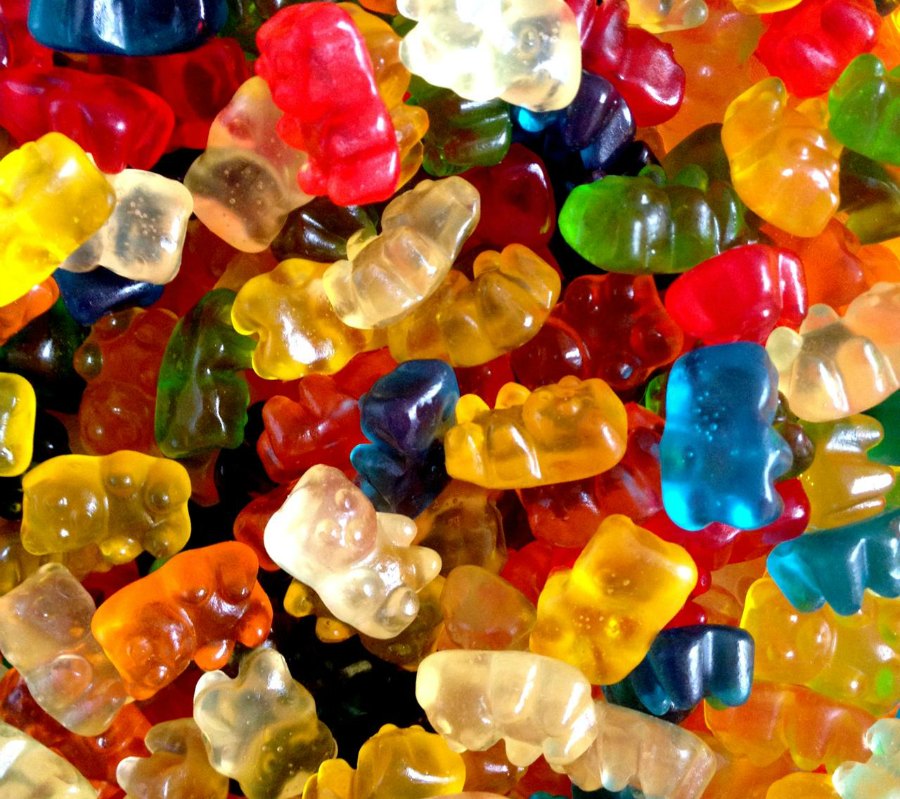
From beer made using recycled sewage to seaweed transformed into bacon, the world of food and its burgeoning relationship with sustainability is ever-evolving. One of the latest unique and innovative approaches brimming with potential comes from scientists at Michigan State University.
Inspired by the concept of a circular economy, which recaptures “waste” as a resource to manufacture new materials and products, scientists have created a distinct turbine material that has potential to be revived, recycled and reused for a variety of other surprising products.
According to Interesting Engineering, beyond new turbine blades, other potential products include countertops, car taillights, diapers and even gummy bears.
Although wind turbines have become a popular form of renewable energy, disposing of the massive blades, which are made of fiberglass and can reach up to half a football field in length, presents a number of issues. John Dorgan, Ph.D, who along with a research team at MSU created the new turbine material, explains, “Larger wind turbine blades are more efficient, so companies keep making bigger and bigger ones.” Unfortunately, most discarded blades end up in landfills.
To accomplish the new turbine material, glass fibers were combined with plant-derived and synthetic polymer. The combination resulted in a new composite resin that was durable enough to be used in turbines yet dissolvable, allowing it to be recast into new products.
“The beauty of our resin system is that at the end of its use cycle, we can dissolve it, and that releases it from whatever matrix it’s in so that it can be used over and over again in an infinite loop,” Dorgan shared in a statement. “That’s the goal of the circular economy.”
With an almost limitless up-cycle potential, initial experiments included digesting the resin material in an alkaline solution thereby producing potassium lactate, which can be purified and made into candy and even sports drinks. Funny enough, underneath the genius, the research team had a sweet tooth. “We recovered food-grade potassium lactate and used it to make gummy bear candies, which I ate,” Dorgan admitted unabashedly.
Adding that the gummy bears were actually pretty tasty, Dorgan assures that there is no ‘yuck’ factor in eating candy that was once part of an old wind turbine. “It’s all part of the global carbon cycle, and we’ve shown that we can go from biomass in the field to durable plastic materials and back to foodstuffs.”

